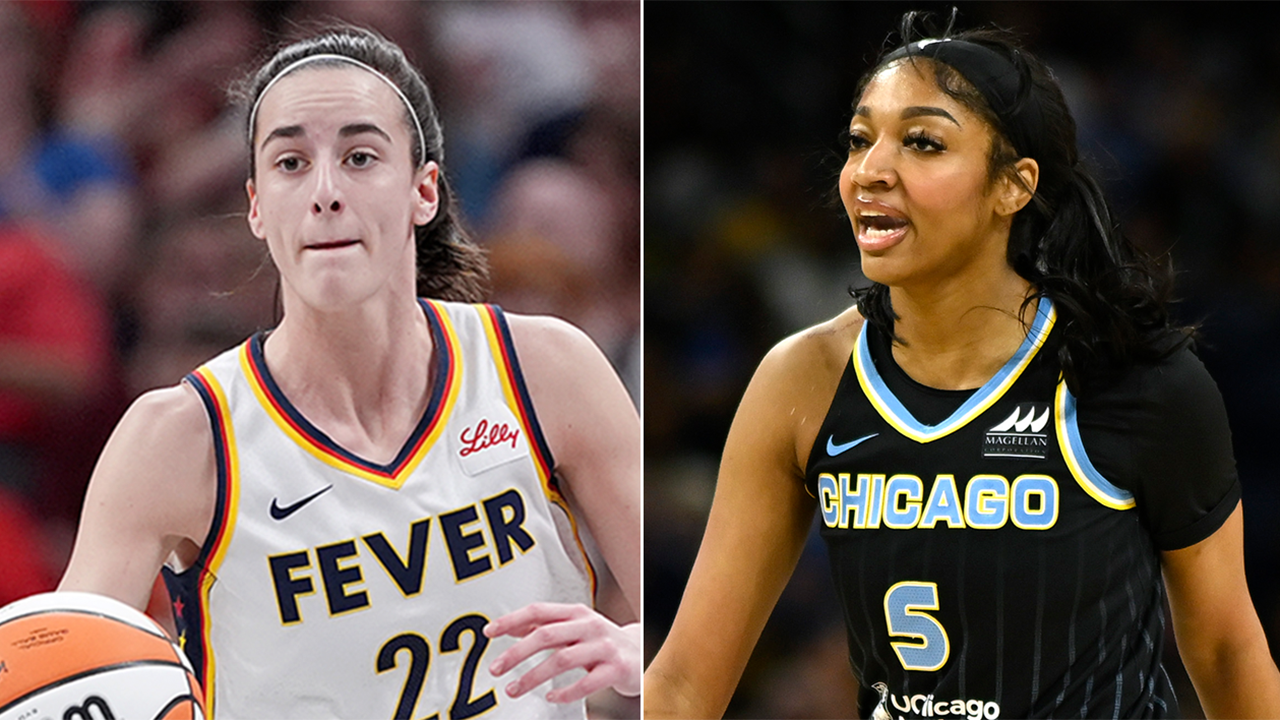I went to college at the University of Texas at Austin, a place where football reigns supreme. I wasn’t much of a fan, but many of my classmates showed up as dyed-in-the-wool devotees. Their zealotry wore me down, and I eventually joined the fans who packed into Darrell K. Royal stadium for every single Saturday home game. I was swept up, along with everyone else, in the annual cycle of anticipation, fanaticism, disappointment and acceptance.
I could never wholly embrace the game, though. I felt strange watching guys in their late teens and early 20s, many of them Black, play in a packed stadium at the flagship university of the only state to secede twice — once from Mexico, and then again from the Union — so that it could keep enslaving Black people. All the while, the university sold the games as part of a storied tradition but ignored shameful details, like the fact that Texas had one of the last major college-football programs to integrate, or that its most celebrated coach, Darrell K. Royal, objected to integrating the team in 1959.
How could I reconcile my discomfort with my love of the game? Enter hype videos: do-it-yourself compilations of divinely timed stiff arms, the most beautiful jukes you’ve ever seen, otherworldly one-handed backward-diving catches and other athletic feats.
Some colleges make their own official hype reels, along with abridged versions for TikTok and Instagram, to promote football programs to fans and recruits. Some of these are very good, but on the whole they are a little dishonest — it feels as if I’m being lied to when I’m scrolling through Instagram and come across offensive highlights for Iowa football, a program notorious for its perennially bad offense. These videos are also aesthetically predictable, usually starting with solemn shots of a stadium meant to convey a program’s achievements. More than anything, these videos are propaganda controlled by administrators and communication strategists, meant to burnish teams’ brands of administrators and communication strategists. They’re not necessarily bad, but they have little to do with the players’ experiences.
I prefer the unauthorized D.I.Y. ones from YouTube accounts with names like Sick EditzHD and Dawg B. Beholden to no team and no licensing laws, their videos are rare examples of passion creeping between the cracks of college football’s carefully maintained facade. Rather than the staid orchestral scores or generic hip-hop beats that sound as if they were made by an A.I., these clips are set to trap music, a raw hip-hop subgenre from the South named for the drug-dealing milieus it originated in. Importantly, trap is the music that many college-football players actually listen to. The reels’ soundtracks are unlicensed aggressive remixes of pop songs and explicit versions of Future and other rappers, which would almost certainly never be used in official hype videos.
These songs accompany shots of players piercing offensive lines to make vicious sacks, grown men hurling other grown men onto the turf and sublime 60-yard touchdown passes. Video makers tend to use the same clips over and over again, but I don’t mind. Nearly a dozen times before the 2016 season, I watched JuJu Smith-Schuster, a wide receiver at the University of Southern California, point at an approaching defender before brutally stiff-arming him as the U.S.C. sideline erupted into celebration. I would gladly watch those 17 seconds another dozen times.
Unofficial hype videos give us a view into the culture that we can’t see on TV. They put us closer to that world than any broadcast can.
The hype-video auteur’s vision of college football is probably much closer to the players’ vision than the N.C.A.A.’s. There are no family-friendly, business-minded considerations in these artful instances of copyright violation. The most profitable teams don’t get disproportionate airtime. To Dawg B and his contemporaries, a good play is a good play, whether it’s from college-football royalty like Alabama or a gumptious insurgent on the sport’s margins. They highlight the players’ culture too: These videos freely show college athletes doing the Griddy as they celebrate big plays, something the N.C.A.A. penalizes.
These videos are an inadvertent guide for how college football should actually be presented. Almost half of Division I college-football players are Black; the sport is normally a Black experience refracted through mostly white commentators, fans, boosters, coaches and TV executives. But television’s presentation of the game elides Black culture and contorts football into a bland corporate affair. This version of the sport is a lucrative business scheme hiding behind a facade of dignified amateurism that no longer exists.
Unofficial hype videos give us a view into the culture that we can’t see on TV. They put us closer to that world than any broadcast can. There is no banal color commentary, no players milling around between plays and no footage of coaches who inhale millions of dollars of public money. Instead we get to see players dapping one another up, flipping into end zones, swag surfing, catching the woah — just being supremely good at the sport and carrying a billion-dollar industry on their backs. Watching them, you catch a whiff of their exuberant confidence: Any kind of failure is inconceivable to both you and the players. There is no mediocrity in a world scored to bass-boosted Lil Durk songs.
Source photographs (from left): Brian Murphy/Icon Sportswire via Getty Images; David J. Griffin/Icon Sportswire via Getty Images; Chris Williams/Icon Sportswire via Getty Images; Jeff Haynes /Sports Illustrated/Getty Images; Bryan Lynn/Icon Sportswire via Getty Images; Peter Joneleit/Icon Sportswire via Getty Images; David Rosenblum/Icon Sportswire via Getty Images.
Ali Breland is a reporter at Mother Jones, where he writes about the internet and politics.






